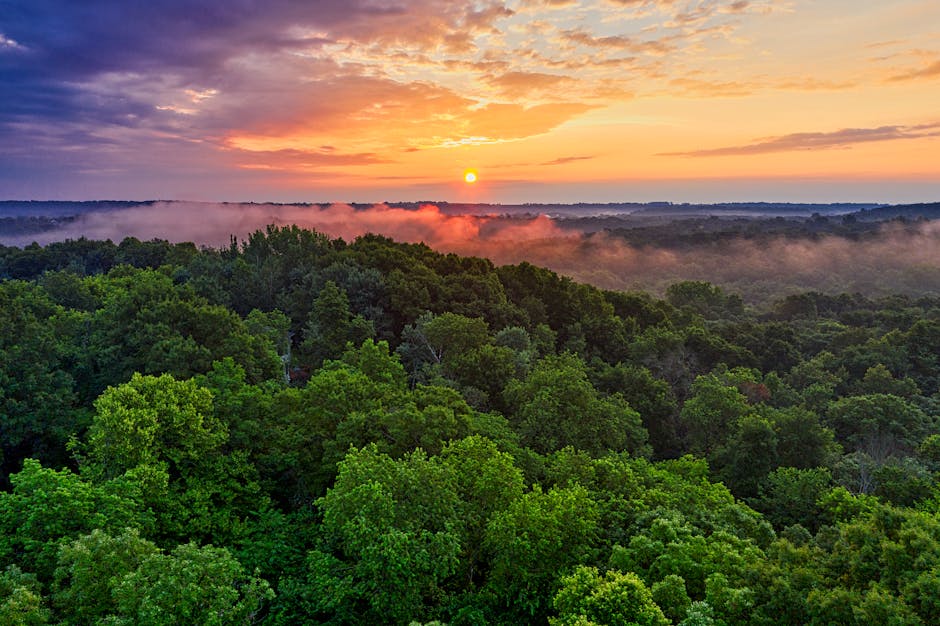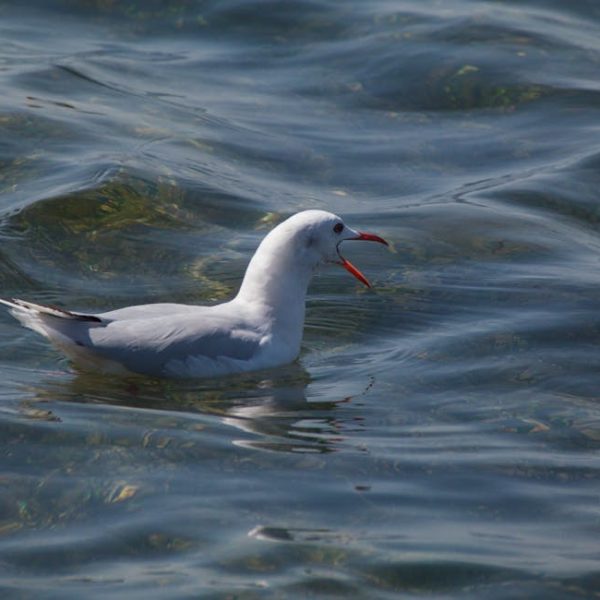The fascination with ornithology stems from an appreciation for the avian diversity that paints the skies, with rainforests being havens for numerous exotic bird species. Home to more than half of the world’s bird species, rainforests are a birdwatcher’s paradise. It’s not only the diverse range of birds that are of interest but also the critical roles these winged creatures play in maintaining a balanced ecosystem. They contribute significantly to the biodiversity of rainforests, making the environment healthier and purer while performing critical functions such as seed dispersation and insect control.
Some of the most common birds found in rainforests include parrots, toucans, hornbills, and hummingbirds, each showcasing distinct behaviors and physical characteristics. A morning saunter through the rainforest can treat the observer to delightful sights of dazzling Scarlet Macaws, vibrantly colored toucans, or the flashy flit of hummingbird wings that beat faster than the eye can capture.
Pro Tip: To catch a glimpse of nocturnal birds like owls and nightjars, plan an early morning or dusk visit.
From a decorative perspective, the hues and colors of rainforest birds are another intriguing point of appreciation. The plethora of vibrant colors seen in these birds’ plumage is both a delight to the eye and an evolutionary marvel, shaped by their environment. For instance, the plumage of birds like the Paradise Tanager and Scarlet Macaw, with their riot of multicolored hues, can rival any painter’s palette! These vivid colors are not just for aesthetics. They act as essential survival tools, enabling the birds to blend seamlessly into the lush, colorful canopy for protection or attract mates.
While there are plenty of birds that are vividly painted, the avian world of the rainforest also offers oddities. These unusual species possess unique characteristics that set them apart from their flamboyant counterparts. The Hoatzin Bird, for instance, is known for its peculiar clawed wings. In contrast, the adorable Pygmy Marmoset, despite its somewhat mundane feathering, has a distinctive and piercing call that can cut through the dense rainforest noise.
Pro Tip: Eco-lodges and guided tours in rainforest reserves could significantly increase your chances of spotting these unique species.
Three parts into the exploration of these exotic winged residents, it’s hard not to notice the mesmerizing symphony of bird songs that fills the air, contributing to the rainforest soundtrack. Whether it’s the rhythmic call of the Rufous-bellied Thrush or the haunting melody of the Song Wren, understanding bird songs’ role can be an enriching part of observing rainforest birds. They often serve as modes of communication to either attract mates, mark territory, or even signal the presence of predators.
Pro Tip: A smartphone app with a database of bird calls can be a valuable tool when birdwatching in the rainforest. Lastly, let’s consider the critical roles that birds play in maintaining the balance of rainforest ecosystems. Birds fill various ecological roles, such as predators, scavengers, and seed dispersers, making each species vital contributors to the health of the rainforest. For example, predatory birds like eagles and hawks keep the population of small mammals in check, scavengers like vultures clear the forest floor of carrion, and fruit-eating birds, such as parrots and toucans, help disperse seeds across large distances, promoting plant diversity and growth.
What would happen if certain bird species were to disappear from the ecosystem? Alarmingly, the disappearance of bird species would disrupt the equilibrium of the rainforest, potentially leading to the overpopulation of certain creatures, overcrowding of plant species, and the decline of others.
Pros and Cons:
| Bird Species | Roles | Pros | Cons (If Disappeared) |
|---|---|---|---|
| Eagles | Predator | Controls population of small mammals | Overpopulation of prey species, leading to imbalance |
| Vultures | Scavenger | Cleans the environment by consuming carcasses | Increase in diseases as decaying animals are not cleared |
| Parrots | Seed disperser | Assists in plant diversity and growth | Decrease in plant diversity as seeds are not spread |
Each bird, each chirp, each flutter of feather, and every scattering of seed contributes to the magical and intricate dance of life in the rainforest. This vibrant ecosystem relies on every creature playing their role, painting an awe-inspiring masterwork of biodiversity. As observers, we are granted a glimpse into this natural masterpiece, a humbling experience that places the irreplaceable value of our planet into perspective.
Pro Tip: When in the rainforest, remember the principles of Leave no Trace. Respect the environment and help preserve it for future generations to appreciate and enjoy.
Key Takeaways:
- Rainforests are home to over half the world’s bird species, contributing significantly to the biodiversity of these habitats.
- Birds play critical roles in maintaining a balanced rainforest ecosystem through functions such as seed dispersation and insect control.
- The vast array of colors and hues displayed by rainforest birds are often survival tools enabling the birds to blend into the lush, colorful canopy or attract mates.
- Unusual bird species in the rainforest, with unique characteristics, provide a fascinating point of interest.
- The mesmerizing symphony of bird songs fills the air in the rainforest, serving as modes of communication for the birds.
- Birds play several roles within the rainforest ecosystem as predators, scavengers, and seed dispersers. The disappearance of specific bird species could potentially cause an imbalance to the ecosystem.
The world of rainforest birds is truly a marvel of biodiversity, with each species playing a unique and essential role in preserving this vibrant ecosystem. As you venture through the captivating rainforests, remember to respect and preserve nature’s masterpiece for future generations.
FAQs
Q: How can I best prepare for birdwatching in a rainforest?
A: Equip yourself with a good quality binoculars, wear comfortable and quiet clothing that blends with the environment. Smartphone apps with database of bird songs can also be useful.
Q: What are some challenges faced by rainforest birds?
A: The most significant threat to rainforest birds is habitat loss due to deforestation, climate change, and human activities. Additionally, some species are threatened by hunting and the exotic pet trade.
Q: Are there any specific seasons best for birdwatching in a rainforest?
A: This varies depending on the region and species. However, many bird species are most active during the breeding season which typically occurs in the spring and early summer.
Q: How can I identify different species of birds in the rainforest?
A: Identifying birds can be done by observing their size, shape, color patterns, behaviors, habitats, and by listening to their unique calls or songs.
Q: Is birdwatching beneficial for conservation efforts?
A: Absolutely, birdwatchers often contribute to conservation efforts either directly by participating in bird counts and surveys, or indirectly by raising awareness about birds and their habitats.
Feel free to explore more posts on our website and share this article with fellow nature and bird enthusiasts!












